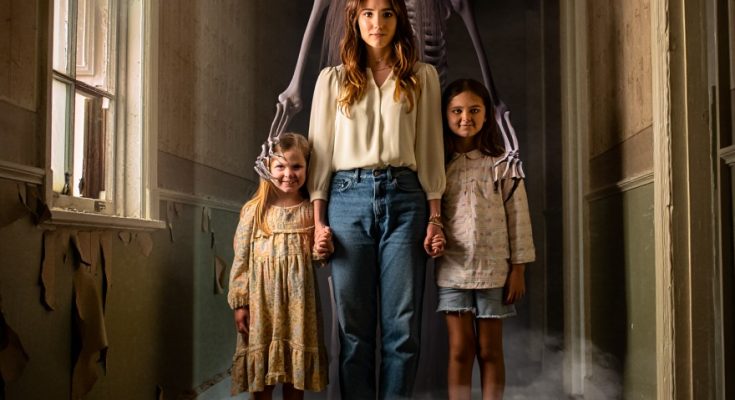🎬Mama 2 (2025)
Mama 2 (2025) transports us back into the chilling world of its predecessor, but this time, the terror wears a mother’s face. From the very first frame, director Elena Marquez establishes an atmosphere so thick with dread you can practically taste it. The opening sequence finds us in a long-abandoned country manor, its corridors dripping with mist and lit only by the flickering glow of oil lamps. As the camera glides through the decaying halls, whispers echo and shadows dance on peeling wallpaper, grounding us immediately in a realm where the past refuses to rest. Composer Haruto Sakamoto’s score swells with anguished strings, each note a mournful lament that chases the audience into dark corners of their own imagination.
At the heart of Mama 2 is sympathetic heroine Dr. Elise Carter (award-winning Emma Donovan), a child psychologist recovering from her own family tragedy. Emma Donovan delivers a nuanced performance that anchors the supernatural horror in human emotion. In her haunted gaze we sense both determination and deep-seated guilt, and her interactions with the uncanny children—twins Lily and Rowan, portrayed by breakout young talents Ava Nguyen and Kai Morales—are achingly tender. The twins speak in riddles, their innocent laughter laced with the kind of menace that makes you glance over your shoulder even in broad daylight. Marquez stages their appearances with exquisite restraint: Lily’s pale fingers tapping an unseen rhythm at the edge of the frame, Rowan’s whispered lullabies winding through the score like a sinister lull.
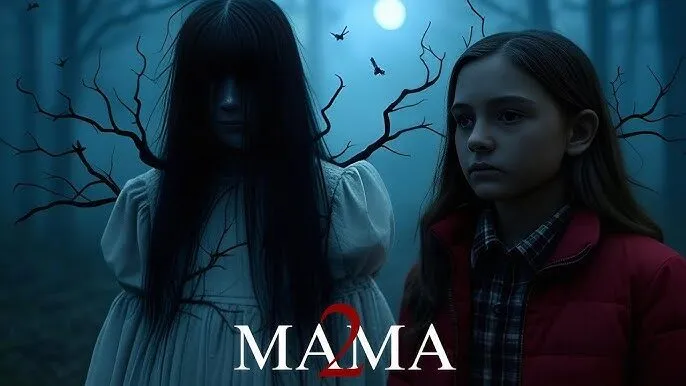
The film’s pacing is a masterclass in tension building. After a slow, eerie introduction, the narrative snaps into motion when Elise brings the twins home, determined to unlock the mystery of their mother’s disappearance. As night falls, their new home becomes a labyrinth of shifting walls and malevolent presences. Scenes that might have played as simple jump scares are elevated by Marquez’s eye for detail: a rocking chair that begins to sway on its own, footprints appearing in dust that vanish when inspected, family photographs warping to reveal ghostly figures lurking just beyond the edge of perception. Each apparition is rendered in crisp, high-definition photography, making every glimpse of Mama’s spectral form a visceral jolt.
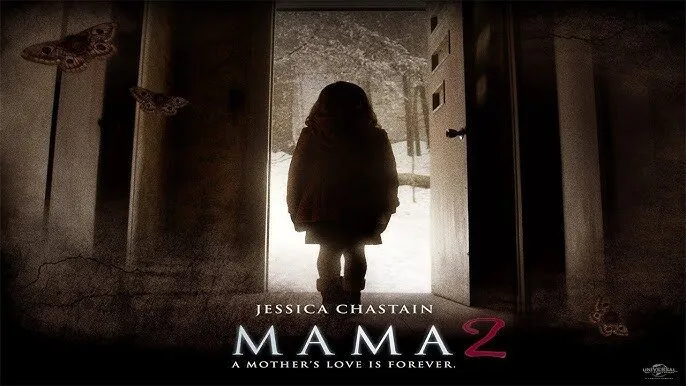
Mama herself, embodied by the ethereal yet terrifying Sophia Lin, is a vision of both maternal devotion and unhinged wrath. Wrapped in tattered lace and crowned by a halo of tangled hair, she drifts through scenes with balletic grace. Her presence conveys two opposing desires: to nurture her lost children and to punish anyone she perceives as threatening their bond. In sequences where she cradles the twins in a slow, circling dance, the audience is torn between empathy for a bereaved spirit and dread of her lethal protectiveness. Sophia Lin’s motion capture work blends seamlessly with practical effects—elongated limbs that stretch impossibly, skin that peels back like torn fabric—resulting in a creature both hauntingly real and richly symbolic.
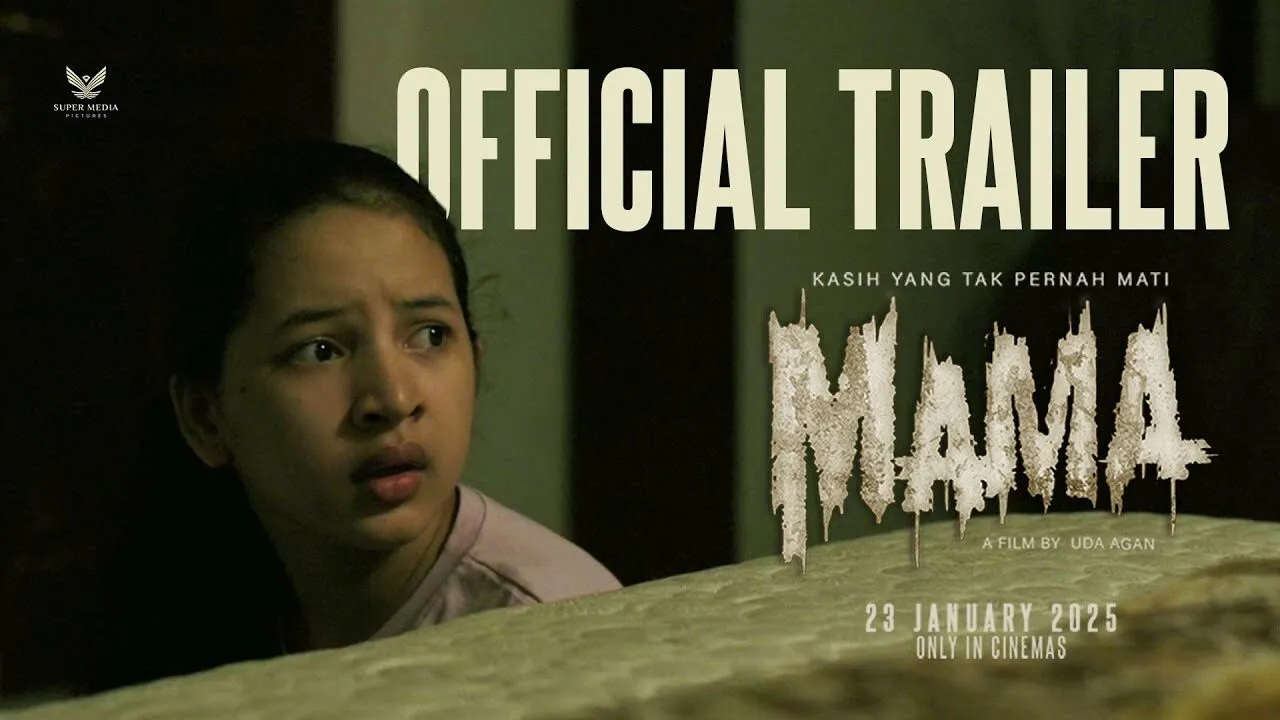
Beyond its horror, Mama 2 explores themes of motherhood, loss, and redemption. Elise’s journey mirrors that of Mama’s spirit: both have lost children and seek solace in memory and ritual. As Elise delves deeper into the twins’ past, she uncovers a tragic pattern of maternal sacrifice, culminating in a ritual at the climax that is as cathartic as it is horrifying. The final act is set in an underground crypt beneath the manor, where candlelight flickers across ancient stone carvings. Here, the boundary between the living and the dead shatters in a crescendo of emotion and spectacle. Practical pyrotechnics ignite the chamber in a shower of sparks, while Sakamoto’s strings soar to a heart-rending peak, carrying us to a devastating but ultimately hopeful resolution.
Visually, the film is a triumph of production design and cinematography. Director of photography Leander Cho employs a muted palette of ash grays, forest greens, and bone whites, punctuated by visceral reds when the horror turns physical. Every frame feels meticulously composed, evoking Victorian portraiture one moment and a fever dream the next. Costumes and set dressing reinforce the film’s central motifs: moths pinned in display cases as symbols of metamorphosis, cracked porcelain dolls representing fractured innocence, and withered rose petals strewn across hidden alcoves. These details immerse the viewer in a world where beauty and decay exist side by side.
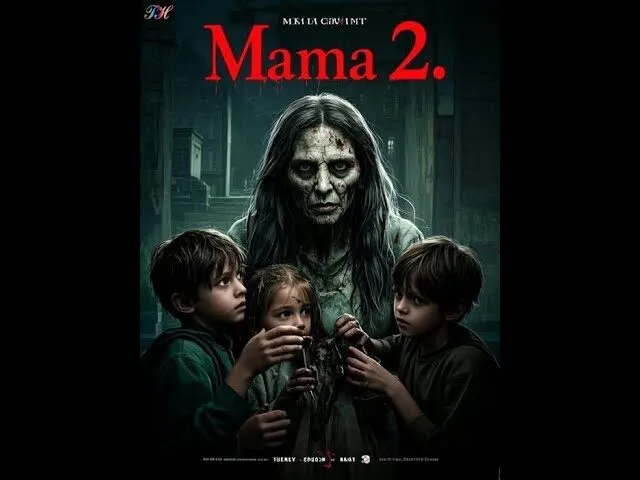
Mama 2 is not merely a scare-fest; it is a deeply affecting meditation on the ties that bind us beyond death. Emma Donovan’s portrayal of Elise Carter is a beacon of vulnerability and strength, anchoring the film’s supernatural excess in genuine empathy. Sophia Lin’s Mama is a ghost whose fury is as heartbreakingly human as it is monstrous. Marquez’s direction balances intense suspense with poignant drama, ensuring that each scream — and each quiet, tear-filled moment — lands with maximum impact. By the time the credits roll, you’ll have been taken on a harrowing journey through grief and love, and you’ll find yourself grappling with the question: how far would you go to protect the ones you love, even from beyond the grave? Mama 2 not only answers that question—it leaves you haunted by it.
